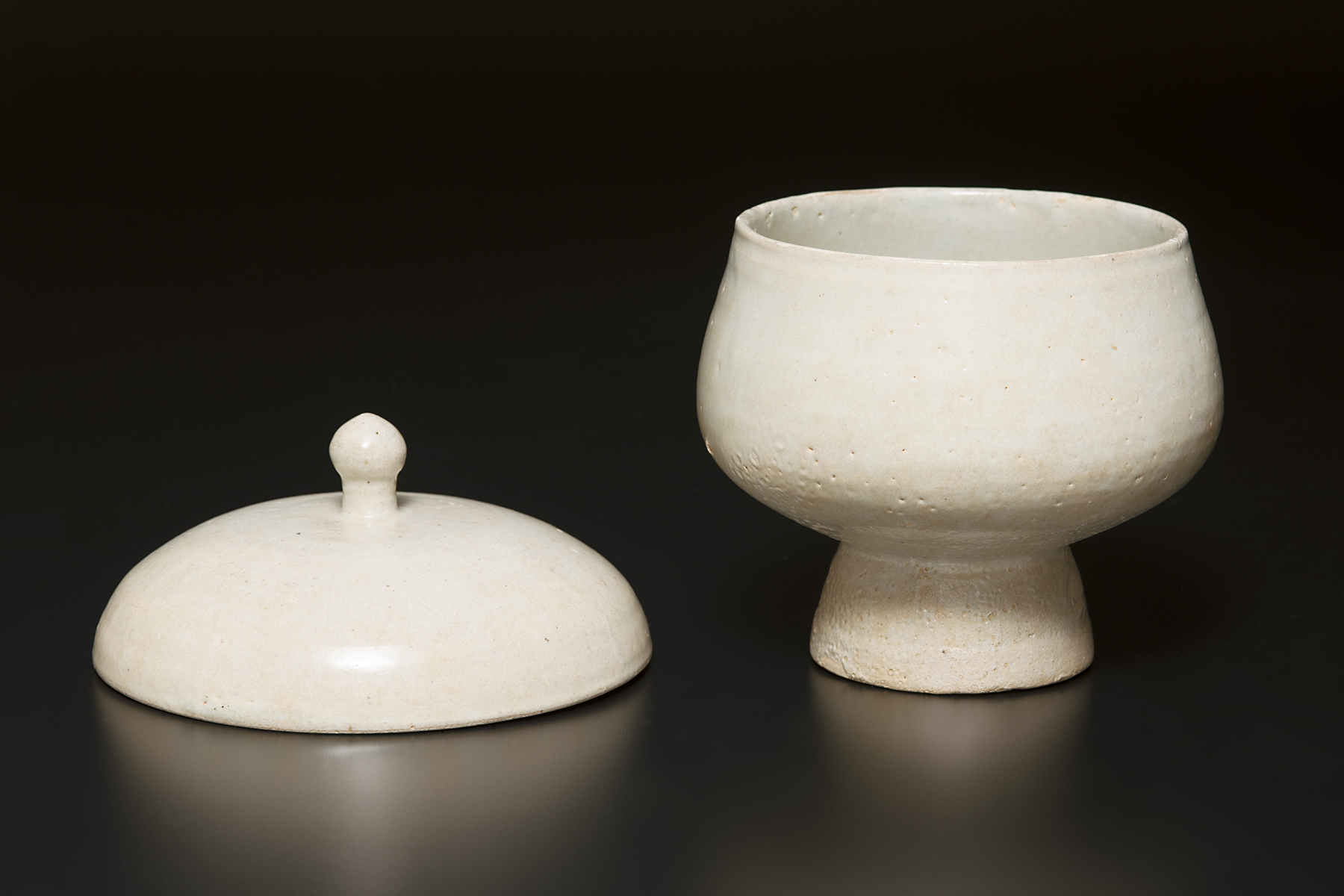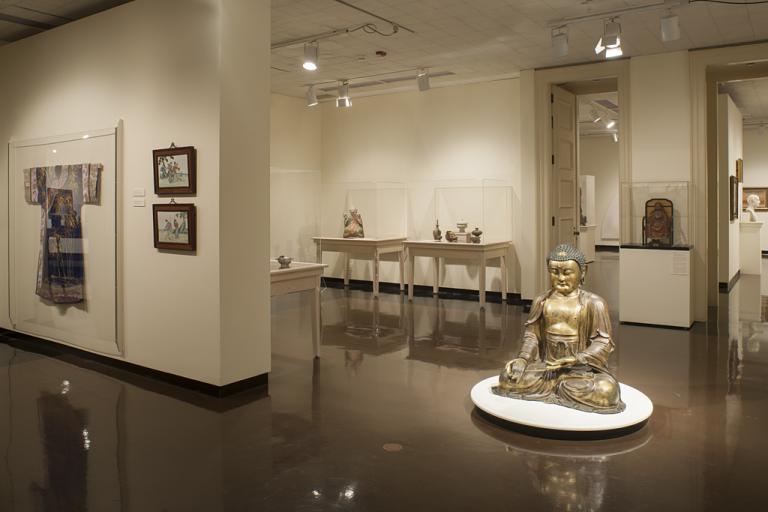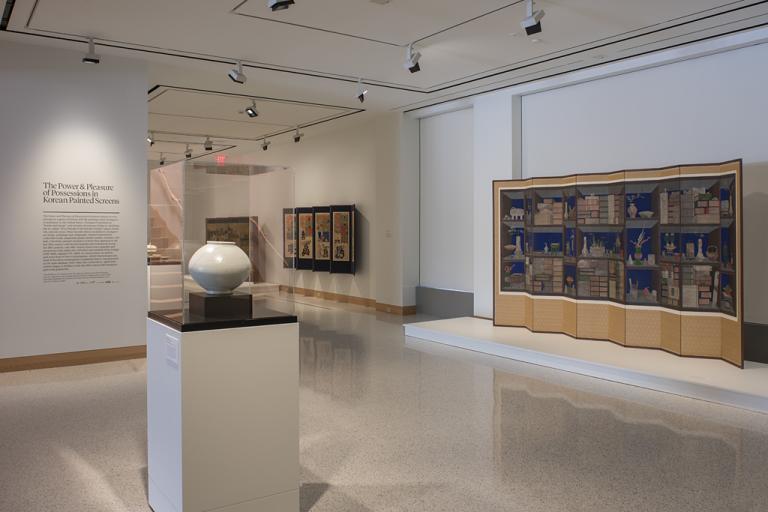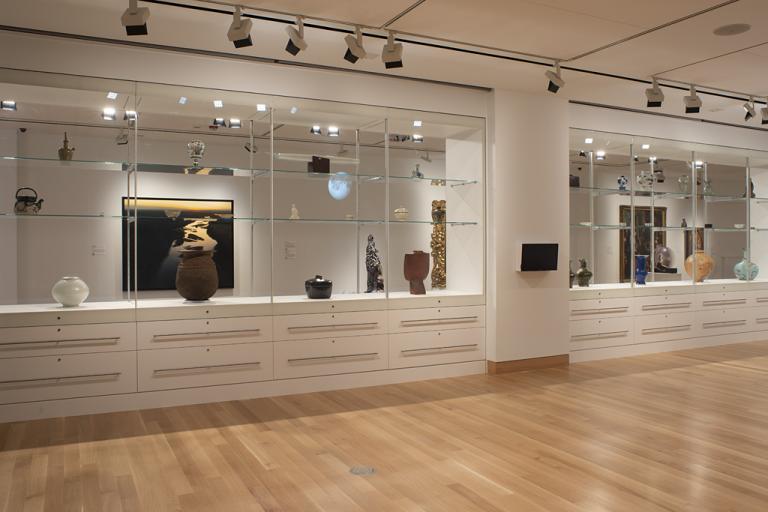lidded bowl on stand with Cintāmani handle, unknown maker from Korea
Artwork Overview
lidded bowl on stand with Cintāmani handle
, 1500s, Joseon dynasty (1392–1910)
Where object was made: Korea
Material/technique: baegja white ware
Dimensions:
Object Height/Diameter (Height x Diameter): a 14 x 17.5 cm
Object Height/Diameter (Height x Diameter): 5 1/2 x 6 7/8 in
Object Height/Diameter (Height x Diameter): b 8 x 17.5 cm
Object Height/Diameter (Height x Diameter): 3 1/8 x 6 7/8 in
Object Height/Diameter (Height x Diameter): assembled 20 x 17.5 cm
Object Height/Diameter (Height x Diameter): 7 7/8 x 6 7/8 in
Object Height/Diameter (Height x Diameter): a 14 x 17.5 cm
Object Height/Diameter (Height x Diameter): 5 1/2 x 6 7/8 in
Object Height/Diameter (Height x Diameter): b 8 x 17.5 cm
Object Height/Diameter (Height x Diameter): 3 1/8 x 6 7/8 in
Object Height/Diameter (Height x Diameter): assembled 20 x 17.5 cm
Object Height/Diameter (Height x Diameter): 7 7/8 x 6 7/8 in
Credit line: Museum purchase: R. Charles and Mary Margaret Clevenger Art Acquisition Fund
Accession number: 2014.0053.a,b
Not on display
If you wish to reproduce this image, please submit an image request















